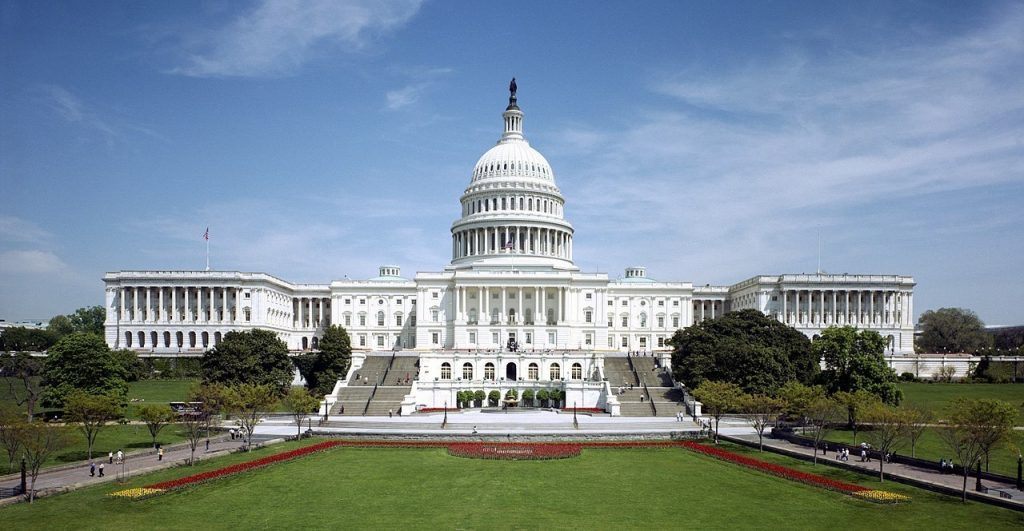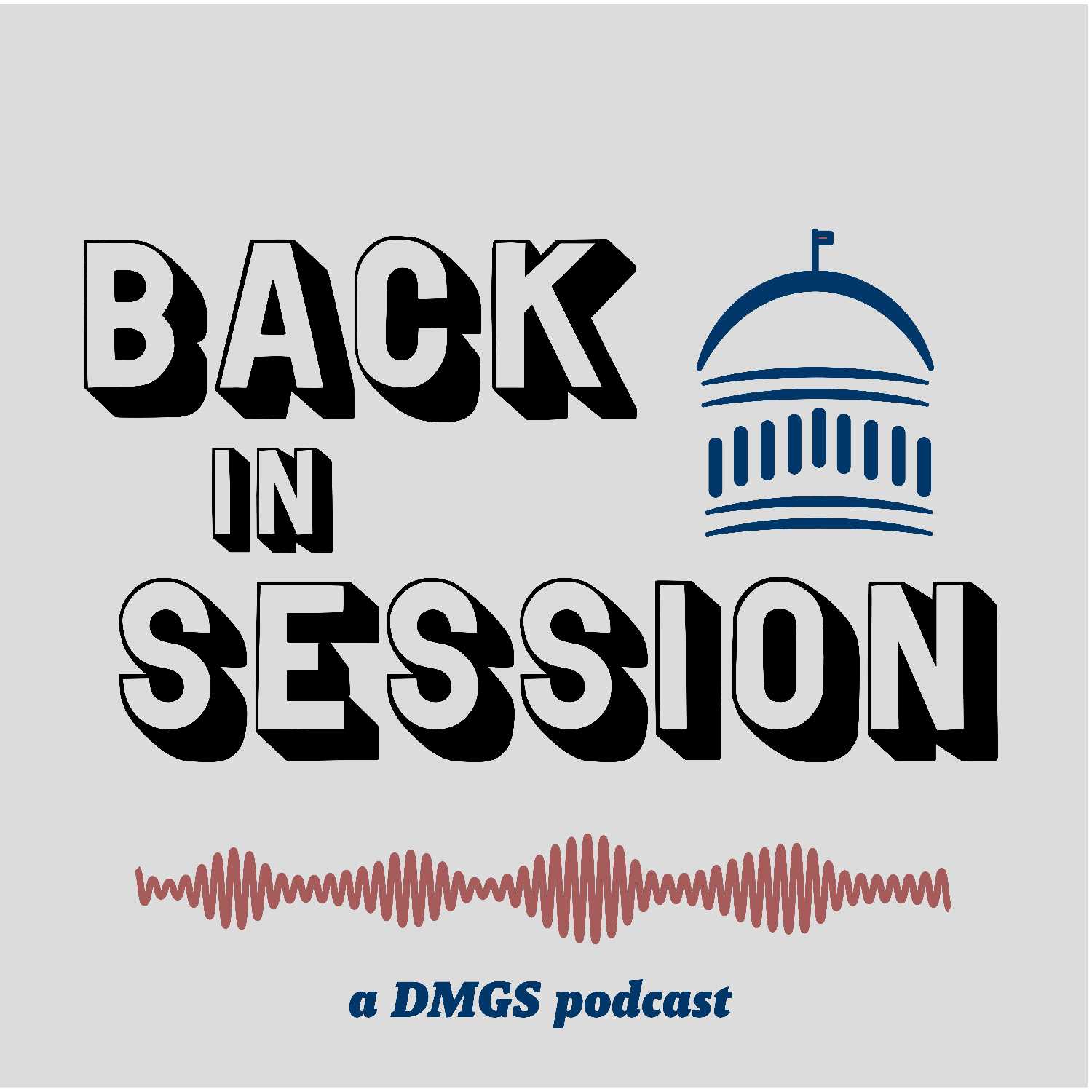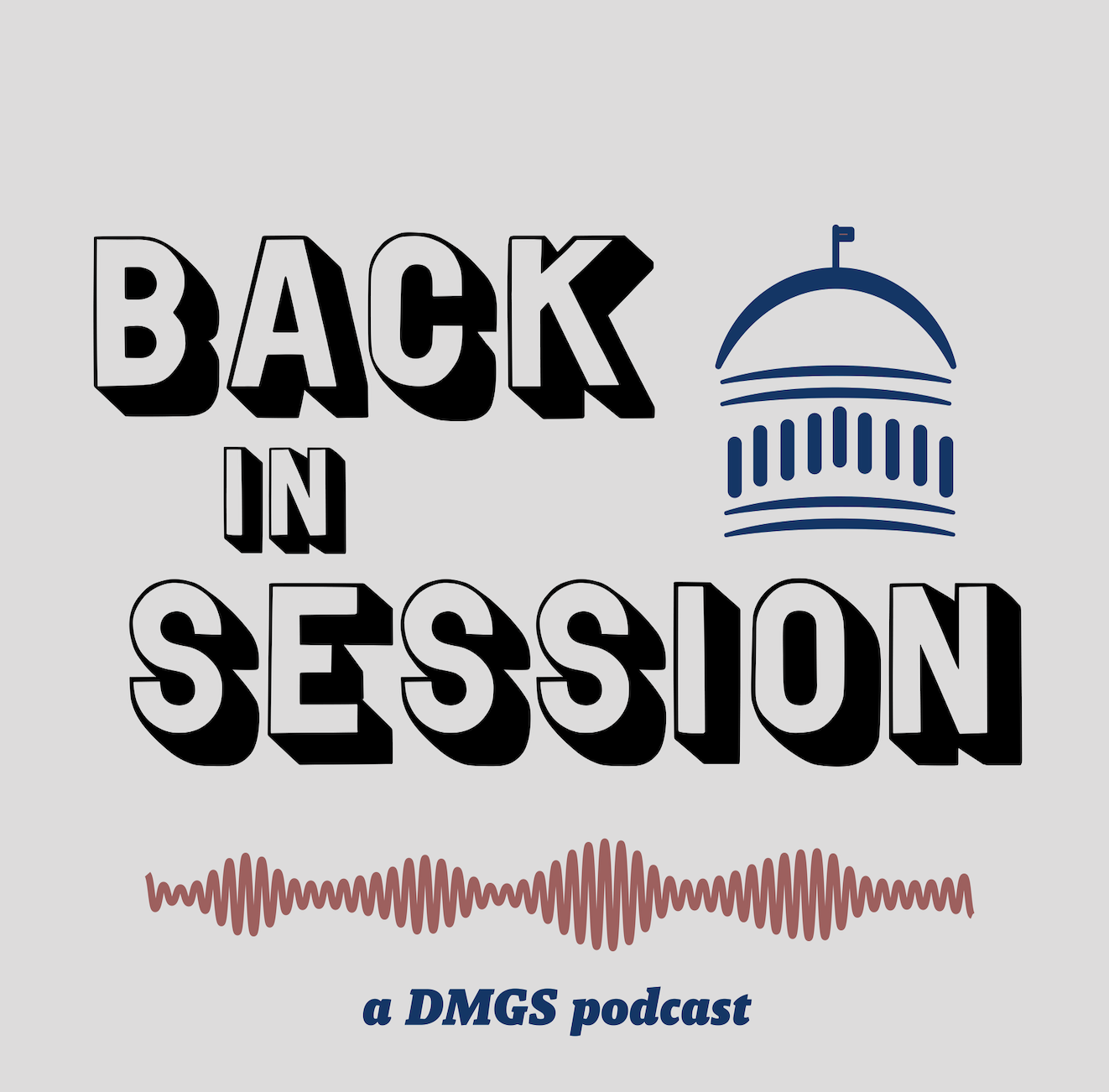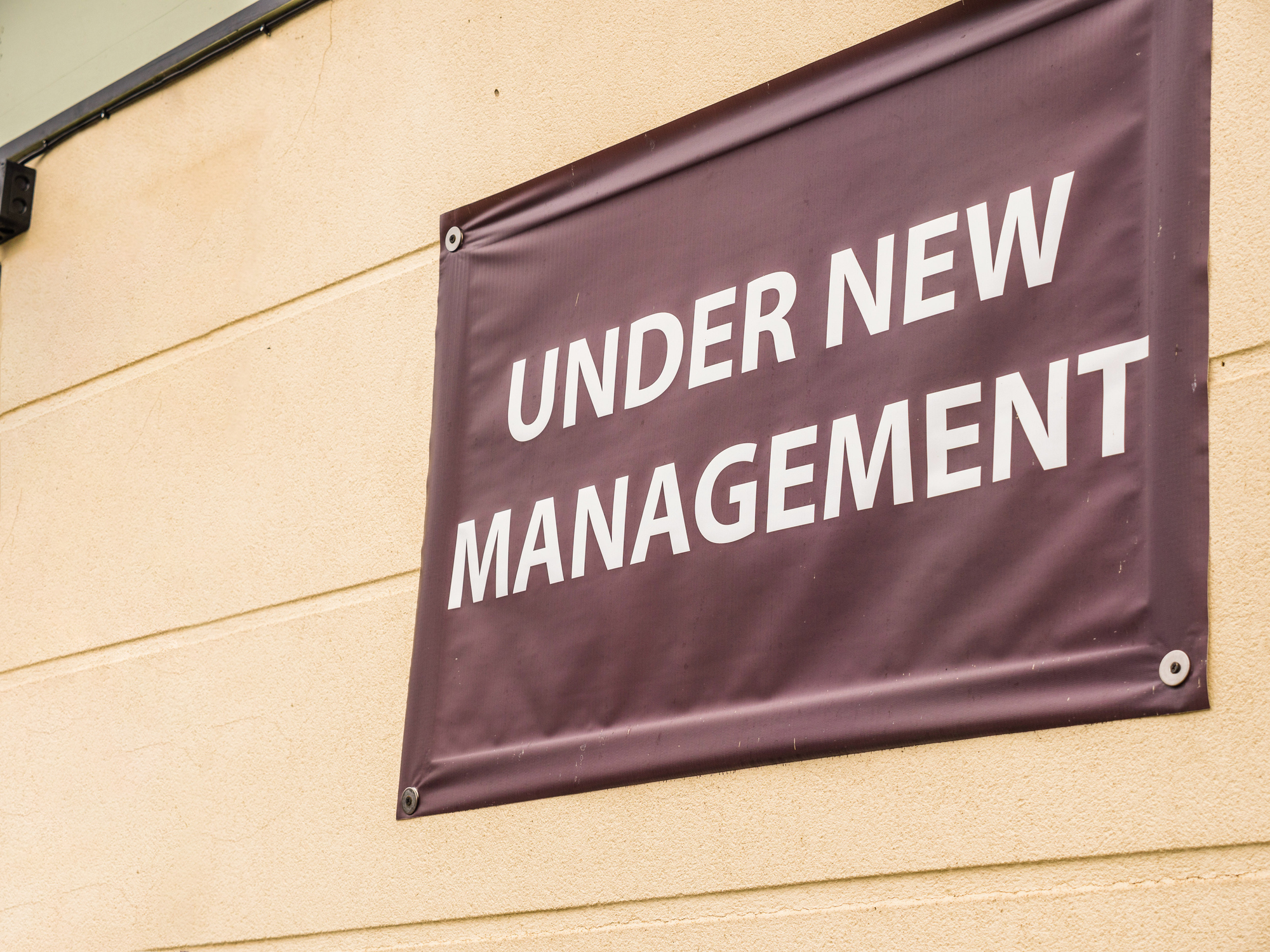When your organization is planning its Government Relations strategy for the upcoming year, you cannot overlook the effectiveness of planning a Hill Day.

What is a “Hill Day?”
In short, the term “Hill Day” simply refers to a day organized for advocates or representatives from an organization to visit Capitol Hill in Washington, D.C. to meet with lawmakers, staffers, or other key decision-makers.
Should My Organization Hold One?
Non-profits, business associations, advocacy groups, local government associations, trade groups, and beyond each have their own unique reasons to travel to Washington, but it is safe to say that if you touch the federal government in any way, a Hill Day can be an important tool.
This extends well beyond the public policy items that typically make headlines. It’s important to keep in mind other ways your organization can be impacted by the federal government, both directly and indirectly.
These additional considerations can include, but are not limited to:
- Loans or grant funding directly from the federal government
- Indirect funding that comes from the federal government, but is administered through state or local government
- Indirect regulations that are mandated by the federal government but are enforced by state or local government
With these in mind, along with the traditional taxation and regulation issues, a Hill Day can be a valuable asset for almost any organization.
Where Do We Start?
The first, and most important, step is to identify the issue area relevant to your organization. As discussed in the previous section, chances are your mission is impacted in some way by the federal government. Taking all of these items into consideration, your leadership must determine the goal of your Hill Day.
Are you there to educate lawmakers on the effects of a particular piece of legislation? Will an amendment to an existing bill help or harm your organization? Do you have a legislative proposal that you would like to see introduced in the legislature? Is a grant program that funds your organization’s work at risk of being eliminated?
These are all key questions that must be asked when determining your objectives.
We Have Our Goals – What Next?
For the purpose of this example, let’s say you have determined that your organization would benefit from an amendment being added to a particular piece of legislation.
With this in mind, you need to build out your list of targeted lawmakers. Traditionally, these lawmakers will have something in common – they are from a particular state or region, they sit on a committee of jurisdiction, or they represent districts that are relevant to your organization. In this case, you should find the commonality that best supports your amendment.
Once you have identified your target lawmakers, you should look internally to your own organization to find your best advocates. This is a crucial step, as these are the men and women who will be directly carrying your organization’s message to the lawmakers and their staff.
Again, the key here is finding common bonds, whenever possible, between your advocates and your targeted lawmakers. Often times it is best to find a constituent from a lawmaker’s district, or someone who has a personal connection with the district or the member. This is not a requirement, but it certainly lends a more powerful voice to your message.
Once you have built your target list and have a sense of who your advocates will be, it is time to begin planning the logistics of your Hill Day.
Scheduling Meetings
While the United States Congress is considered to be a “full time” legislature, this does not mean that they spend all of their time in our nation’s capital.
Typically, for at least one week per month, Members of Congress and Senators will return to their home states for a “District Work Period.” It is important to monitor the House and Senate calendars when selecting your Hill Day.
With a date selected, about six weeks to a month out, you should begin reaching out to the Washington offices of your targeted members to schedule meetings.
It is important to note that in most cases, you will likely be meeting with staff, rather than the member themselves. Occasionally, a member will greet you on your way into the meeting, or see you on your way out, but this will not always be the case. Do not think your time has been wasted if you do not get a full meeting with a lawmaker.
Both Members of Congress and Senators rely heavily on their staff for policy advice and information because it is physically impossible to be in each meeting personally. You may find that a member of the Washington, D.C. staff can be an important ally, and you should treat these meetings as if you are meeting with the actual legislator.
Another important consideration when scheduling meetings, that can often go overlooked, is the size of what we call Capitol Hill.

As you can see on the map above, it truly is a campus with multiple office buildings spread out over a number of city blocks. It is important to keep these physical distances in mind when scheduling back to back meetings.
Logistics for your Advocates
In order for your Hill Day to be a success, you should plan ahead as much as possible for your advocates. The less they have to worry about the logistics of their trip, the more time they can spend focused on your messaging, and the more effective they can be.
Meeting Location & Materials
Given the sprawling nature of the Hill, you must designate a time and location to meet before your first scheduled meeting. This will give everyone a chance to pick up their materials and schedules, as detailed below, and is an opportunity for you to provide any new information or intelligence to your advocates before they begin their meetings.
The specific materials relevant to your effort may vary, but there are a number of items that are universally important:
- Map of Capitol Hill
- Contact information for your designated organizer
- A schedule of meetings and which advocate will be attending
- Any briefing materials your advocate may wish to review ahead of an individual meeting
- Informational materials for your advocate to leave behind after the meeting
- Any other collateral you wish to provide – buttons, stickers, pins etc.
Regardless of what your specific hand-outs are, they should be pre-assembled, packaged and ready for distribution to your advocates.
Lodging
Especially for those advocates traveling long distances, it is important to secure hotel rooms in advance of your trip.
While there are options for accommodations in the immediate area of Capitol Hill, the Washington, D.C. Metro system allows you to look beyond the immediate neighborhoods around the Capitol. Be mindful of nearby Metro stops when booking a hotel, and you should have simple access to the Hill.
Dining
This may seem like a secondary concern, but it is key to have a plan ahead of time for both dinner the night before, and for lunch during your day on the Hill.
For convenience, there are cafeterias in the Capitol Visitor Center, as well as in the House and Senate office buildings. Be sure to designate a meeting spot in advance of arriving on the Hill.
Making the Most of Your Hill Day
While the meetings themselves are important, there are a number of things you can do during the course of the Hill Day, and in the following days, to make your efforts even more effective.
Sharing Live Updates on Social Media
Whether it is Facebook Live, live tweeting, or streaming live through Instagram, instantly sharing feedback and updates from your advocates can be a useful tool in the social media age.
Advocate Feedback & Intelligence Gathering
In addition to providing your advocates with the opportunity to share your message with lawmakers, Hill Days can also be an important source of intelligence for your organization.
It is crucial that your advocates not only speak, but also listen, in their meetings with lawmakers and staff. These meetings can often provide guidance as to what a lawmaker’s position or thinking is on an issue, perhaps giving your organization insight it had previously lacked.
Providing your advocates with the ability to log notes from their meeting, whether through an electronic or paper form, is the best way to collect this vital information.
Post-Hill Day Press Releases & Social Media Posts
Sharing the success of your Hill Day via social media and a press release gives your organization another chance at sharing your message and demonstrate that you are an active and educated participant in your government.
Thank You Notes
The best time to send Thank You Notes to legislators and staff is within a week of your Hill Day. Not only is it polite to send a Thank You, but it also reminds them of your issue, and perhaps will jar them to act on any follow-up that came from your meeting.
Wrap-up and Analysis
Once your meetings have concluded for the day, it is helpful to regroup at a designated meeting spot to debrief your advocates and give everyone a chance to share any particularly interesting or valuable information they learned from their meetings.
It is also the best time to remind your advocates to summarize each of their meetings using the forms you provided them.
With your advocates back on the road out of Washington, this is an opportunity for your leadership to review their feedback forms and take internal stock of how successfully you view your Hill Day.
Before you know it, it will be time to begin planning for your next one!
Duane Morris Government Strategies is here to help you succeed at every step of this process. For more information, please contact us at info@dmgs.com or 609-577-3687
Latest News
As legislative sessions kick off across the country, advocacy professionals must navigate diverse political landscapes, shifting priorities, and fast-moving policy developments. In this episode of Back in Session, hosts Ryan Stevens and Ryan DeMara sit [...]
Photo credit: iStock.com/hapabapa As the year draws to a close, state legislatures across the country are gearing up for their upcoming sessions in 2025. A critical aspect of this preparation is state legislative prefiling, a [...]
In this episode of the Back in Session podcast, hosts Ryan Stevens and Ryan DeMara sit down with Terra McClelland, President of the State Government Affairs Council (SGAC) and Vice President of Government and External [...]
Photo credit: iStock.com/yevtony Last week, the National Governors Association (NGA) elected Utah Governor Spencer Cox (R) as its new Chair and Colorado Governor Jared Polis (D) as NGA Vice Chair. Cox succeeds New Jersey Governor [...]






Stay In Touch